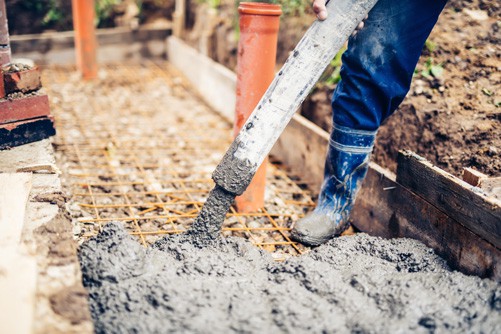Introducing our Safe Work Method Statement (SWMS) specifically designed for concrete placement! This pre-filled and comprehensive SWMS template is an essential tool for any construction site that requires concrete placement.
Here are some key features of our SWMS:
• Fully editable and customisable in Microsoft Word format for easy editing – We understand that each construction site is unique, and our SWMS template is designed to be adaptable to your specific project needs. Our SWMS is user-friendly and can be easily edited to meet the requirements of your site.
• Includes the scope of the project and project details – Our SWMS includes a detailed scope of the project and its associated details, ensuring that all workers are informed and aware of the project’s goals and objectives.
• Includes checklist of any high-risk machinery on site – We have included a checklist of high-risk machinery on site to ensure that all necessary precautions are taken to prevent accidents.
• Includes space for recording any staff training – Our SWMS provides ample space to record any staff training, ensuring that all workers are equipped with the necessary knowledge and skills to carry out their tasks safely.
• Includes before and after risk ratings – Our SWMS includes before and after risk ratings to monitor the effectiveness of the SWMS and ensure that all necessary precautions have been taken.
• Includes resources for the use of legislative references – Our SWMS includes resources for the use of legislative references to ensure that all work is carried out in compliance with applicable laws and regulations.
• Includes all PPE required – Our SWMS includes all necessary Personal Protective Equipment (PPE) required to ensure the safety of workers.
• Includes risk assessment and risk assessment matrix – Our SWMS includes a comprehensive risk assessment and risk assessment matrix to identify potential hazards and mitigate risks.
• Includes a checklist to ensure all requirements have been covered when implementing the SWMS – Our SWMS includes a checklist to ensure that all necessary requirements have been covered when implementing the SWMS, making it easy to keep track of all necessary steps.
• Includes sign-off page for all workers and responsible persons – Our SWMS includes a sign-off page for all workers and responsible persons, ensuring that everyone is aware of their responsibilities and that all necessary precautions have been taken.
• Easy to use and easy to customise – Our SWMS is user-friendly and can be easily customised concrete placement to meet your specific project needs.
• Suitable for large contracts and Tenders, including tier 1 contractual work – Our SWMS is suitable for large contracts and Tenders, including tier 1 contractual work, making it an essential tool for any construction site.
• Instantly delivered download – Our SWMS is available for instant download, allowing you to get started right away.
At our company, we understand the importance of workplace safety. That’s why we have created this SWMS to help ensure that all workers on construction sites are equipped with the necessary knowledge and tools to carry out their tasks safely. Our SWMS is easy to use, easy to customise, and suitable for large contracts and Tenders, including tier 1 contractual work.
We hope that our SWMS template will assist you in achieving a safe and successful concrete placement project!
Here is some safety information related to concrete placement.
Hazards:
![]()






